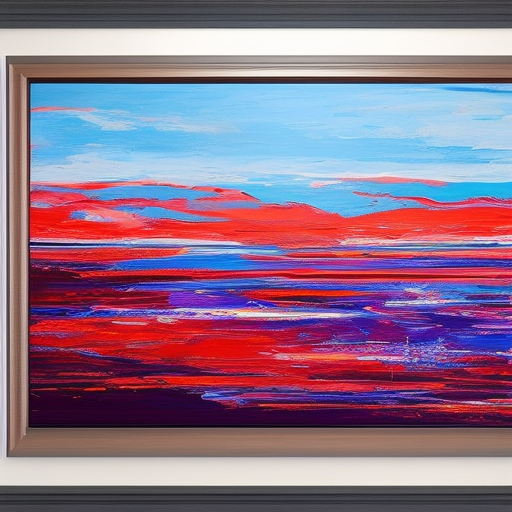Summary:
Art trends are constantly evolving and changing, reflecting the cultural and societal shifts of the time. These trends can encompass various art forms, including painting, sculpture, photography, and digital art. Some current art trends include abstract expressionism, minimalism, street art, and immersive installations. These trends often challenge traditional notions of art and push boundaries in terms of materials, techniques, and subject matter. Additionally, the rise of technology has had a significant impact on art trends, with digital art and virtual reality becoming increasingly popular. Overall, art trends provide a glimpse into the current artistic landscape and serve as a reflection of the world we live in.
Abstract Expressionism:
Abstract expressionism is an art trend that emerged in the mid-20th century, characterized by the spontaneous and gestural application of paint on canvas. Artists such as Jackson Pollock and Willem de Kooning were key figures in this movement, which aimed to convey emotions and inner experiences through non-representational forms. Abstract expressionism continues to influence contemporary artists, with its emphasis on individual expression and the exploration of the subconscious.
Minimalism:
Minimalism is an art trend that emerged in the 1960s, focusing on simplicity and reduction of form. Artists like Donald Judd and Dan Flavin created minimalist sculptures and installations that emphasized clean lines, geometric shapes, and a lack of ornamentation. Minimalism seeks to strip away unnecessary elements and create a sense of purity and clarity. This trend continues to be influential in contemporary art, with artists exploring minimalistic aesthetics across various mediums.
Street Art:
Street art is an art trend that originated in the late 20th century and is often associated with graffiti and urban environments. Artists like Banksy and Shepard Fairey have gained international recognition for their politically charged and visually striking works. Street art challenges the traditional boundaries of art by taking it outside of the gallery space and making it accessible to a wider audience. It often addresses social and political issues, using public spaces as a canvas for artistic expression.
Immersive Installations:
Immersive installations are a contemporary art trend that seeks to engage the viewer on a sensory and experiential level. These installations often incorporate various elements such as sound, light, and interactive components to create a fully immersive environment. Artists like Yayoi Kusama and Olafur Eliasson are known for their immersive installations that transport viewers into otherworldly experiences. This trend blurs the boundaries between art and the viewer, encouraging active participation and exploration.
Digital Art and Virtual Reality:
The rise of technology has had a profound impact on art trends, with digital art and virtual reality gaining prominence. Digital art encompasses various forms, including digital painting, computer-generated imagery, and interactive installations. Artists like Beeple and Refik Anadol are pushing the boundaries of digital art, exploring new possibilities offered by technology. Virtual reality allows artists to create immersive and interactive experiences, transporting viewers into virtual worlds. This trend opens up new avenues for artistic expression and challenges traditional notions of art and its presentation.
In conclusion, art trends are constantly evolving and reflecting the cultural and societal shifts of the time. From abstract expressionism to minimalism, street art to immersive installations, and digital art to virtual reality, these trends push boundaries, challenge traditional notions, and provide a glimpse into the current artistic landscape. Whether through the exploration of emotions, the reduction of form, the engagement of public spaces, or the integration of technology, art trends continue to shape and reflect the world we live in.












